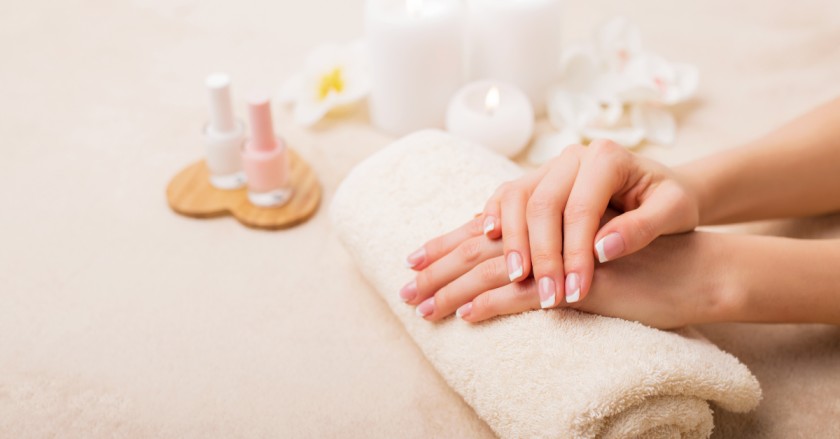
Nail Health Education – Taking Care of your Nails the Right way
Having beautiful, healthy looking nails not only boosts your confidence but also shows you take good care of yourself. However, it’s easy to neglect nail health. Many of us unknowingly make decisions that damage our nails — from using cheap nail products with harsh ingredients to opting for unsafe at-home manicure methods.
When it comes to nail health, education is key. Knowing basics like ideal nail shapes, common conditions, best care practices and quality product differences can make all the difference. Read on as we provide a complete nail health education to help you treat your nails right.
Understanding Your Nails and Common Issues
Your fingernails and toenails protect and enhance your fingers and toes. Made up of keratin, the same protein found in skin and hair, nails grow from the area under the cuticle, called the nail matrix. From there, layers build upon each other to the nail tip.
Several issues can affect nail health:
- Brittle nails – Lack of moisture causes rigid, dry nails that split or crack easily. This is common in those who wash hands frequently, use harsh soaps/cleaners, or soak nails excessively without applying moisturizer.
- Hangnails – These ragged skin flakes around the fingernail can snag and tear, becoming painful and prone to infection. They often result from very dry skin or vitamin deficiency.
- Ingrown nails – When the nail corner grows into skin instead of over it, inflammation and infection can occur. Caused by improper nail trimming, injury, finger/toe abnormalities or ill-fitting shoes.
- Fungal nail infections – Fungi can infect fingernails and toenails, making them discolored, distorted, and crumbly. This occurs when fungi enter through a tear or separation in the nail. Warm, moist environments encourage their growth. Diabetes and a weakened immune system also raise your risk.
Knowing the different nail conditions, their causes, symptoms and risk factors is key to prevention and treatment.
Adopting Good Nail Hygiene and Care Habits
- Trim nails properly – Use sharp manicure scissors or nail clippers to trim nails straight across to avoid ingrown nails. Oval the nails and smooth edges with an emery board or gentle file.
- Apply cuticle remover carefully – Never cut cuticles, which protect nail beds from infection. Use cuticle remover to gently push them back instead. Clip off only dead hangnails.
- Limit water exposure – Wear gloves when washing dishes, cleaning or using harsh chemicals. Dry hands thoroughly afterwards and apply moisturizer. Too much water causes brittle, peeling nails.
- Use quality nail products – Harsh ingredients in cheap polishes and removers weaken nails over time. Invest in gentle, non-toxic products from reputable brands and nail supply stores. Consider Going seven days polish-free between manicures.
- Protect nails from injury – Prevent nail bed injuries from Foil separation and fungus entry. Wear shoes that fit well and replace old shoes with interior seams or tears.
Building good nail care habits keeps your nails looking their best and prevents many common nail health issues.
Detecting Signs of Fungal Nail Infections
Fungal nail infections require treatment with oral or topical medication from your doctor to eradicate fungi living under the nails. Catching infections early makes treatment easier.
Signs of a fungal nail infection include:
- Discolored nails – white, black, yellow, green
- Thickened, brittle, distorted nails
- Crumbly nail texture
- Detached, raised or ragged nail surface
- Foul nail odor
- Debris building under nail
- Changed nail shape
See your doctor promptly if you notice these symptoms before fungi spread and damage worsens. Trying to scrape off debris or trim away distorted nails risks further injury and infection.
Over-the-counter anti-fungal polishes and solutions rarely cure fungal nail infections. Seek personalized medical treatment.
Choosing Safe, Non-Toxic Nail Products
Many drugstore nail polishes and removers contain concerning ingredients like formaldehyde, phthalates, toluene and parabens. With long-term use, these chemicals build up in the body potentially causing:
- Hormonal issues
- Developmental and reproductive problems
- Kidney and liver damage
- Respiratory irritation
- Cancer risk
Instead choose non-toxic, environmentally friendly nail products from reputable natural brands. Buy from nail supply store that research ingredients carefully and avoid harsh chemicals. Though sometimes pricier, clean nail products keep your health intact. Safe options have come a long way in wearability and color selection.
Caring For Your Nails Starts Now
Don’t take your nails for granted. Simple consistent care pays off for the long-term health and beauty of your nails. Avoid nail damage and infection through smart nail hygiene and regular inspections. Choose reputable salons and gentle nail products from conscientious nail supply stores. Your nails will thank you!


